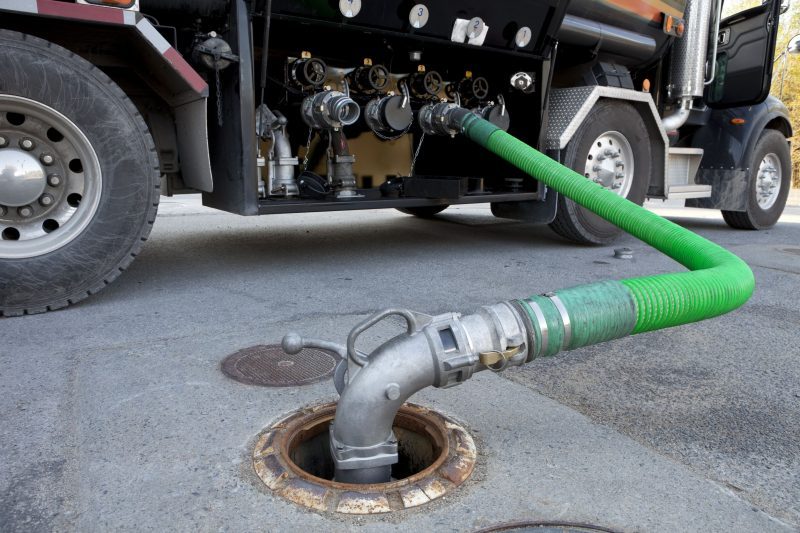People employ a lot of devices in their effort to keep cool, such as the HVAC (Heating, Ventilation and Air Conditioning) system or portable air conditioners. However, to get the most efficient air distribution in certain spaces, it may be necessary to consider Ceiling Fan Installation in Whitehouse Station NJ. This is a useful step in controlling how the air flows around the room and can keep hot air from getting trapped along the ceiling.
Since hot air rises, this could block the movement of cooler air when it enters the room.Most ceiling fans have the option to control the way they turn. For example, turning the fan clockwise might force the air upwards while running it in the other direction should push the air towards the floor. The direction that is selected will depend on which appliance is being used. If the homeowner is heating the space, then it might be useful to force any heated air away from the ceiling where it is doing very little good anyway.
It often surprises a homeowner how much a ceiling fan can affect the way the home is cooled. In a well-insulated space that holds treated air tightly, a ceiling fan can usually reduce the need to run the AC as often. The ceiling fan keeps circulating the air in the room while the AC waits for a signal to start a new cycle. For this to function correctly, the central air appliance should have a digital control center and thermostat. This stops the system from coming on prematurely.The most common areas for Ceiling Fan Installation in Whitehouse Station NJ, is the living room or den. These are typically large spaces that require better air circulation, so the whole space is comfortable.
However, there are other places where a ceiling fan may help such as a tall foyer or a long hallway. An experienced contractor can help determine which areas suffer the most and which would benefit from a ceiling fan. They will also need to determine the best fan for the location. A tall foyer, for example, may require a fan with a long mounting bracket so that it creates more air circulation between the upper and lower thermal zones. Browse our site to learn more.

